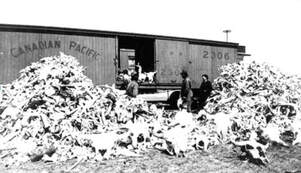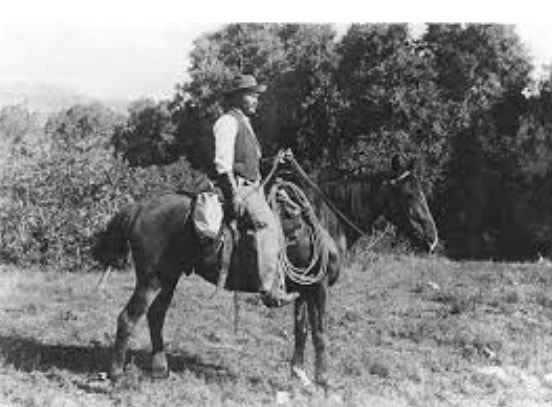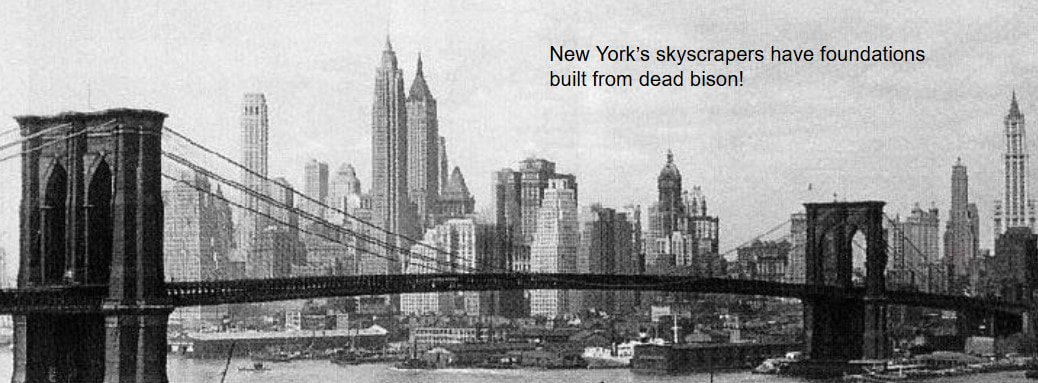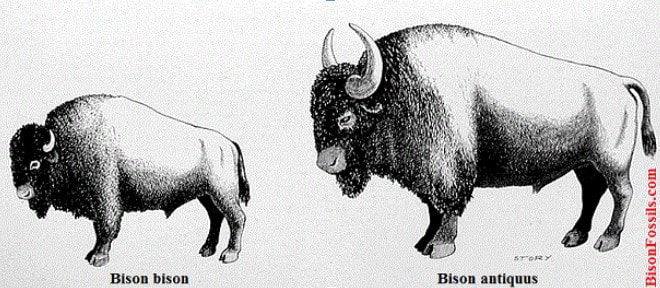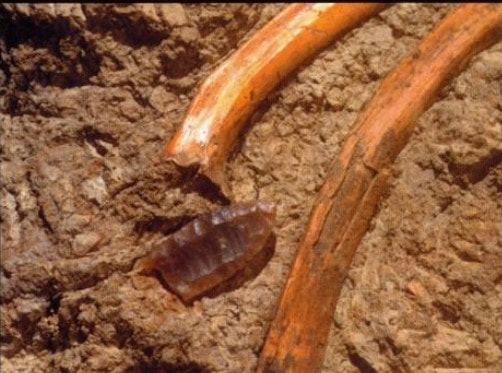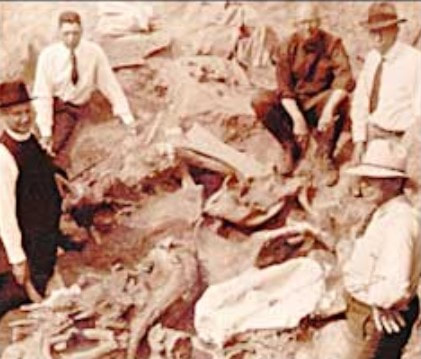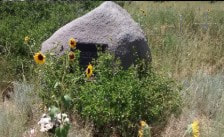
Monsoons can bring stunning amounts of water to the parched plains in short amounts of time. A cloudburst on August 28 dumped 14”, an unusually large amount of rain, even for monsoon season. The waters collected the hay stalks and other debris and swept it down the arroyos and rivers that are often dry. When the water reached the small railroad bridges that crossed those arroyos and dry rivers, the debris got caught and created impromptu dams. Under pressure from the swelling river, the dams gave way, resulting in a huge surge of water.

McJunkin had been born a slave on a ranch in Midway, Texas. He was born in about 1856 and was probably around 9 years old when the Civil War began. Although he never received a formal education, he had a quick and inquisitive mind. Other cowboys taught him to read and write, speak Spanish, and play the fiddle and guitar. An enterprising man, when he was freed at the end of the war, he worked many jobs, including hunting buffalo and working on ranches in Colorado, New Mexico and Texas. He also spent some time loading bison bones onto boxcars.
